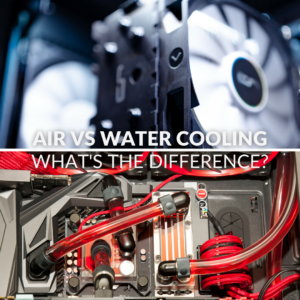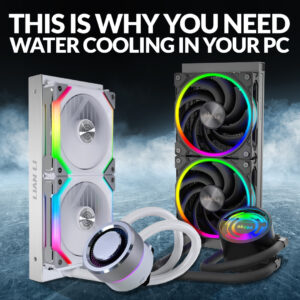Has your gaming PC been running a little hot lately? Understandable. More than likely, you’re wondering how you could optimise your case’s airflow? After all, doing so would unlock the best possible thermal performance for your precious hardware.
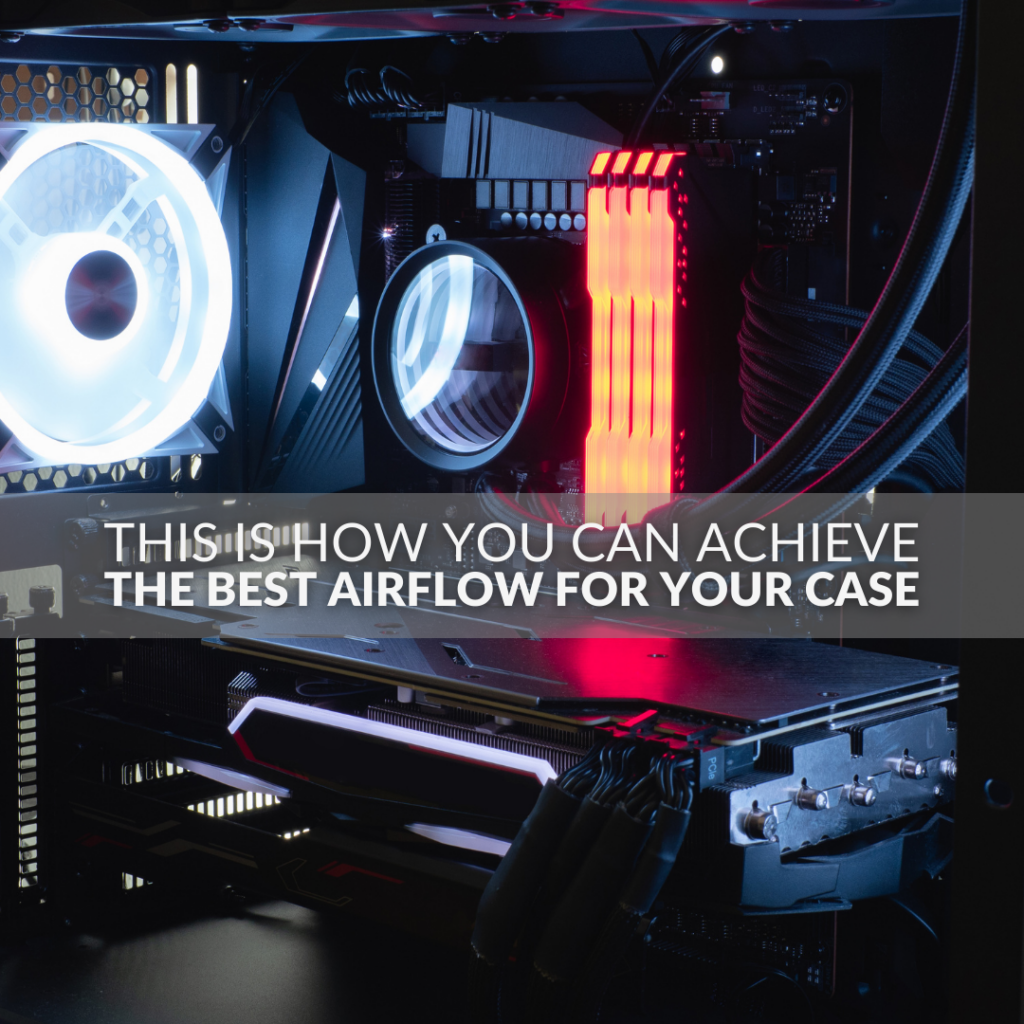
Here’s the little spoiler; there is no perfect solution. There are, however, different configurations you can try based on your case and hardware. We’re going to talk you through each of those in turn. Soon, you’ll know everything you need to get the best airflow for your gaming PC.
What Airflow Configurations Can I Use?
Regardless of your case, there are three different configurations you’ll have on the table to try. Each of these handles airflow differently, so have circumstantial pros and cons accordingly. These configurations are called The Chimney Effect, Balanced, and Negative and Positive Pressure. Here is a little more on how each looks and works.
The Chimney Effect
In the first configuration, cold air is typically drawn in from the front and/or from below. The warm air is then guided out of the case at the rear and the top housing. The airflow is pretty straightforward in this setup, moving in one clear direction.
Balanced
In this configuration, the cold air is channelled towards where it will be needed the most. At the top, it will meet the CPU first, and the GPU at the bottom. These two are usually the biggest heat generators and need the most attention. Warm air is then expelled out via the rear and side to avoid these components.
Negative and Positive Pressure
This configuration is two for the price of one. With this setup, you will try to do one of two things; draw in more cold air to expel the hot air from the case, or push the hot air out of the case to draw in more of the cold air.
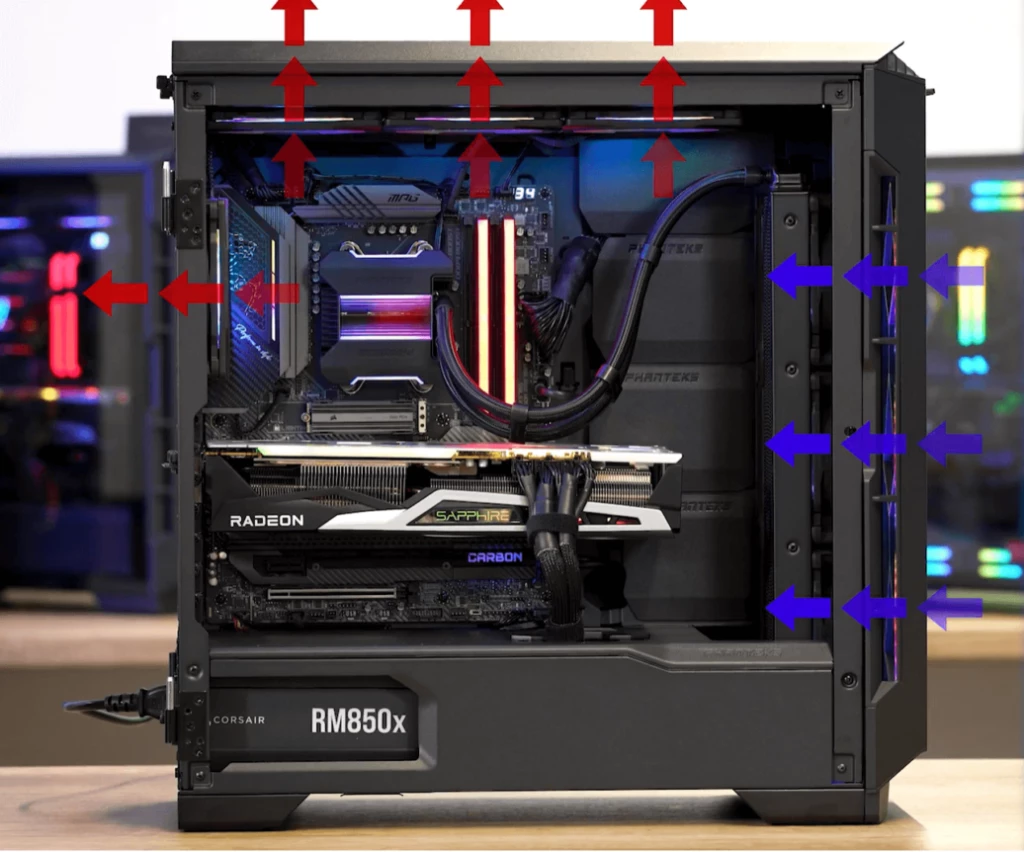
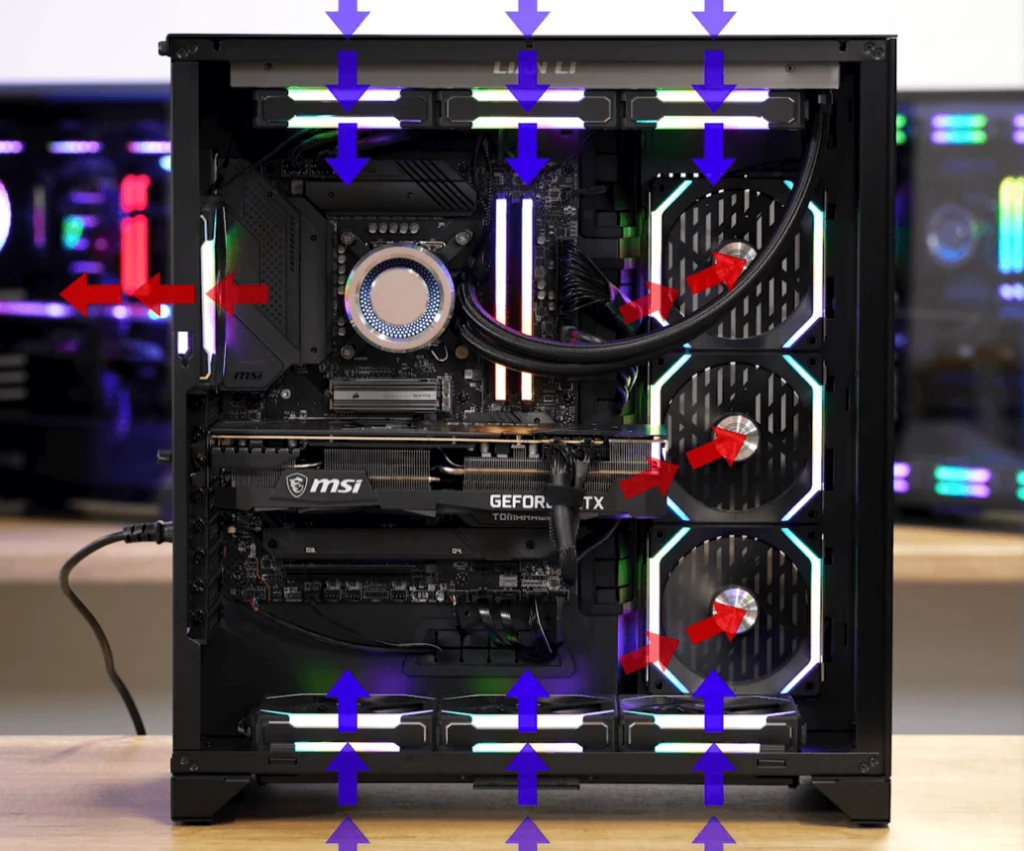
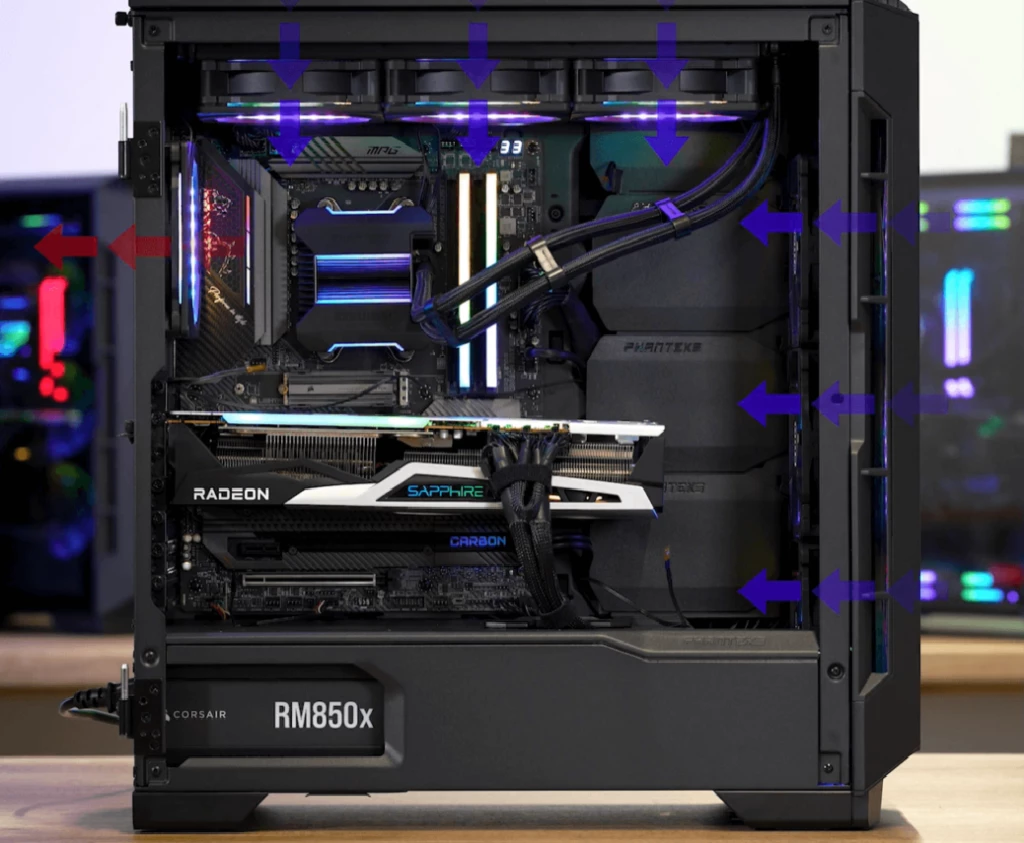
Reverse Blade Fans
Getting the right push/pull configuration means you may have to mount your fans in a way that hides any aesthetic flourishes – RGB, LCD screens, and the like. A recent trend in fan design has seen the introduction of reserve blade models. These allow you to mount a mix of standard and reverse blade fans so that you get the proper airflow and sleek aesthetics.
In terms of performance, there is a slight variance in static pressure and airflow between standard and reverse blade fans. But when working in tandem, they will still deliver optimised and efficient cooling to keep your gaming PC at the perfect temperature. Here is a quick comparison of the APNX FP1-Q and FP1-RQ fans to showcase the difference in performance.
| Features | FP1-Q | FP1-RQ |
|---|---|---|
| Blades | Standard | Reverse |
| Size | 120mm | 120mm |
| Speed | 300 – 1200 RPM | 300 – 1200 RPM |
| Static Pressure | 1.32mmH2O | 1.14mmH2O |
| Airflow | 52CFM | 48.5CFM |
| Noise Level | 28.3dBA | 31.6dBA |
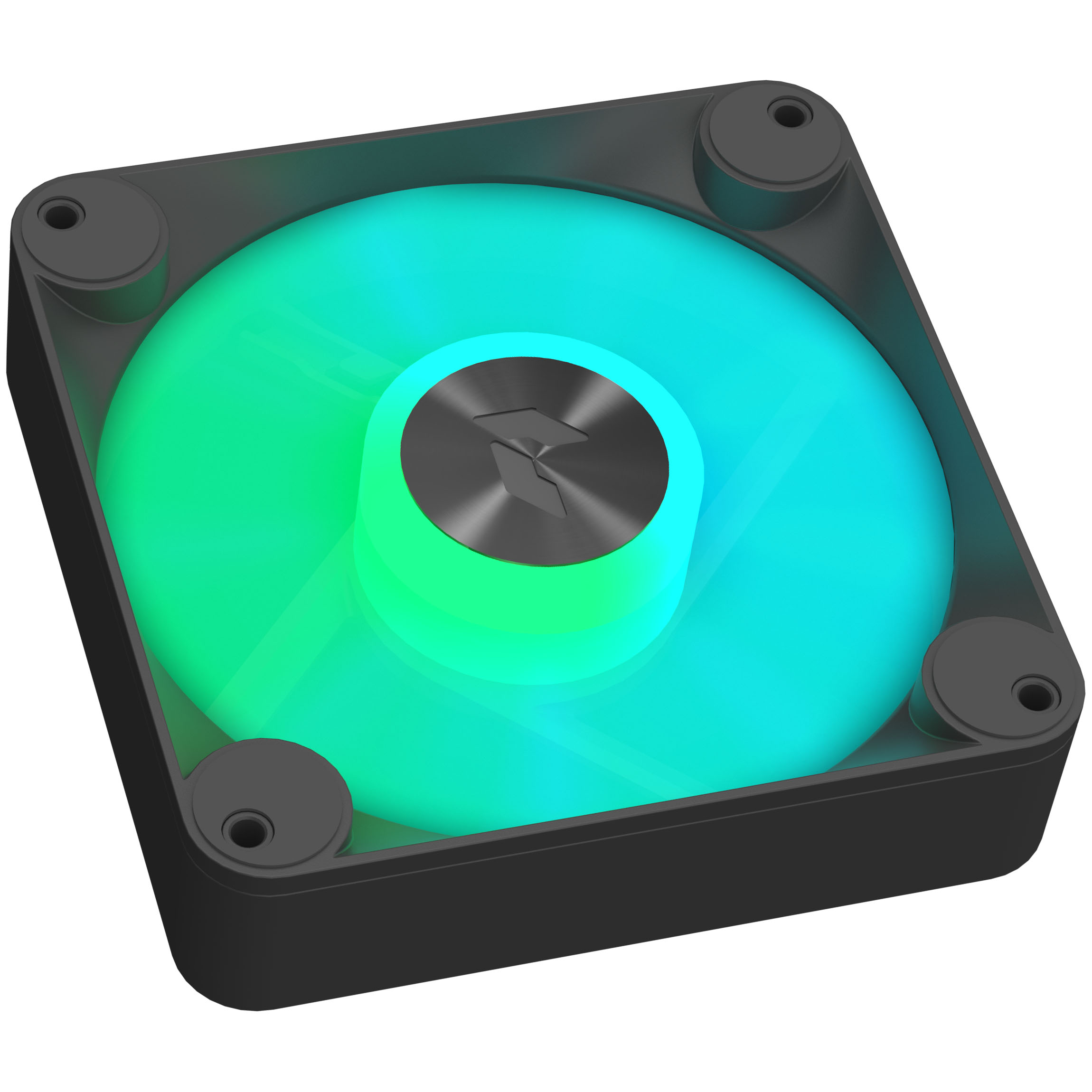
APNX FP1-Q Quiet ARGB 120mm PWM Fan – Black
COO-APN-04024
£12.95
(incl. VAT)
FREE SHIPPING
out of stock
ADD TO BASKET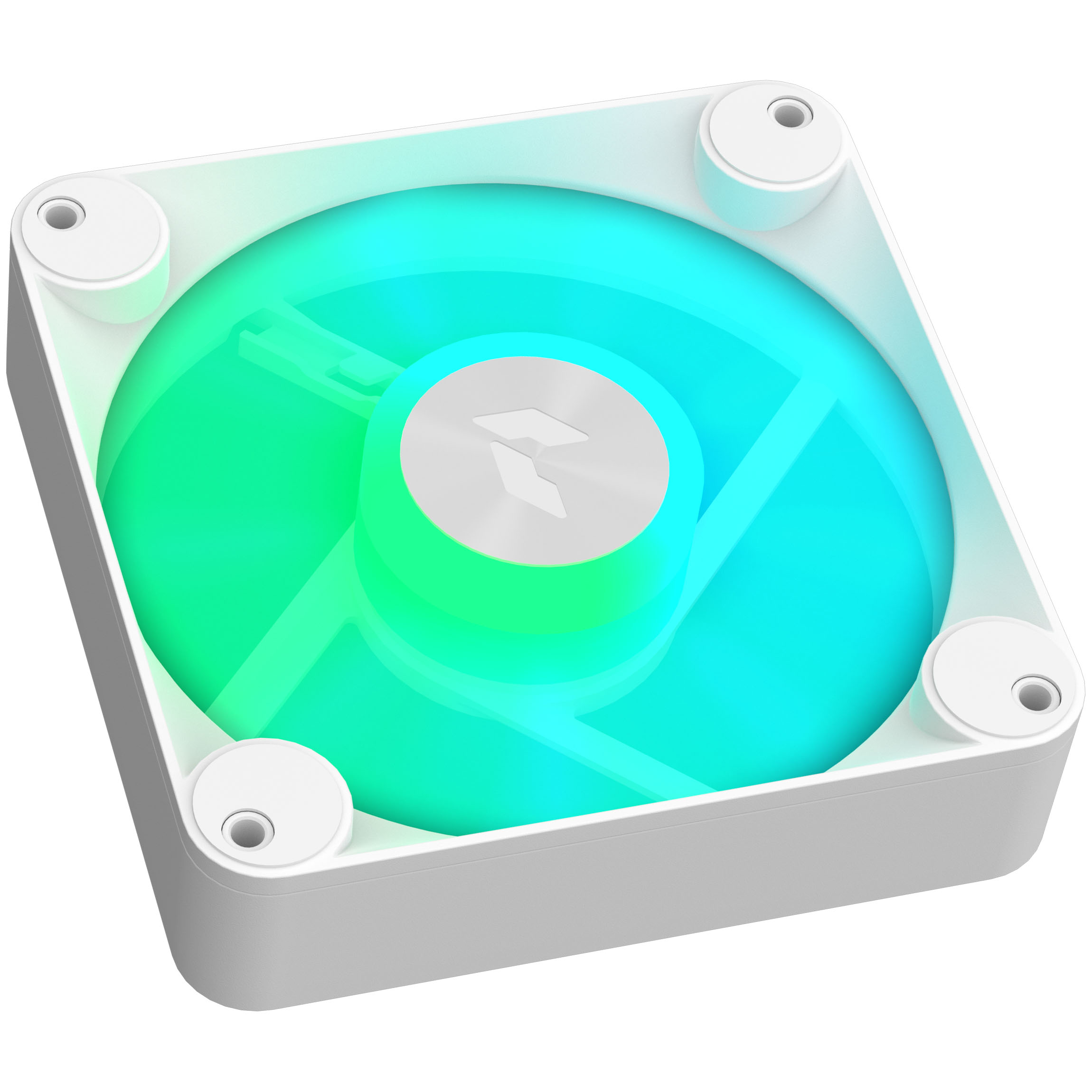
APNX FP1-Q Quiet ARGB 120mm PWM Fan – White
COO-APN-04025
£12.95
(incl. VAT)
FREE SHIPPING
out of stock
ADD TO BASKET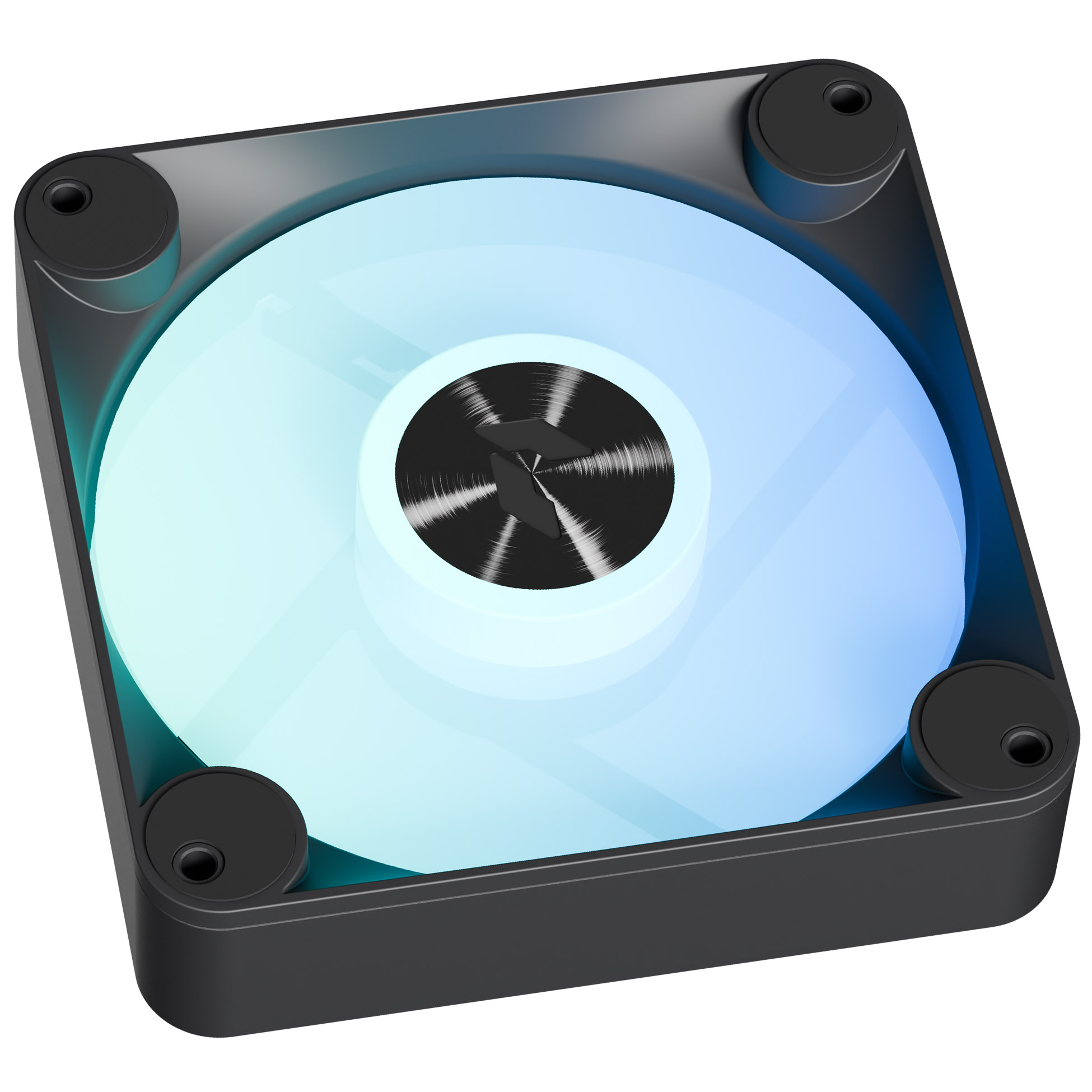
APNX FP1-RQ Performance Reverse Blade ARGB 120mm PWM Fan – Black
COO-APN-04028
£12.95
(incl. VAT)
FREE SHIPPING
out of stock
ADD TO BASKET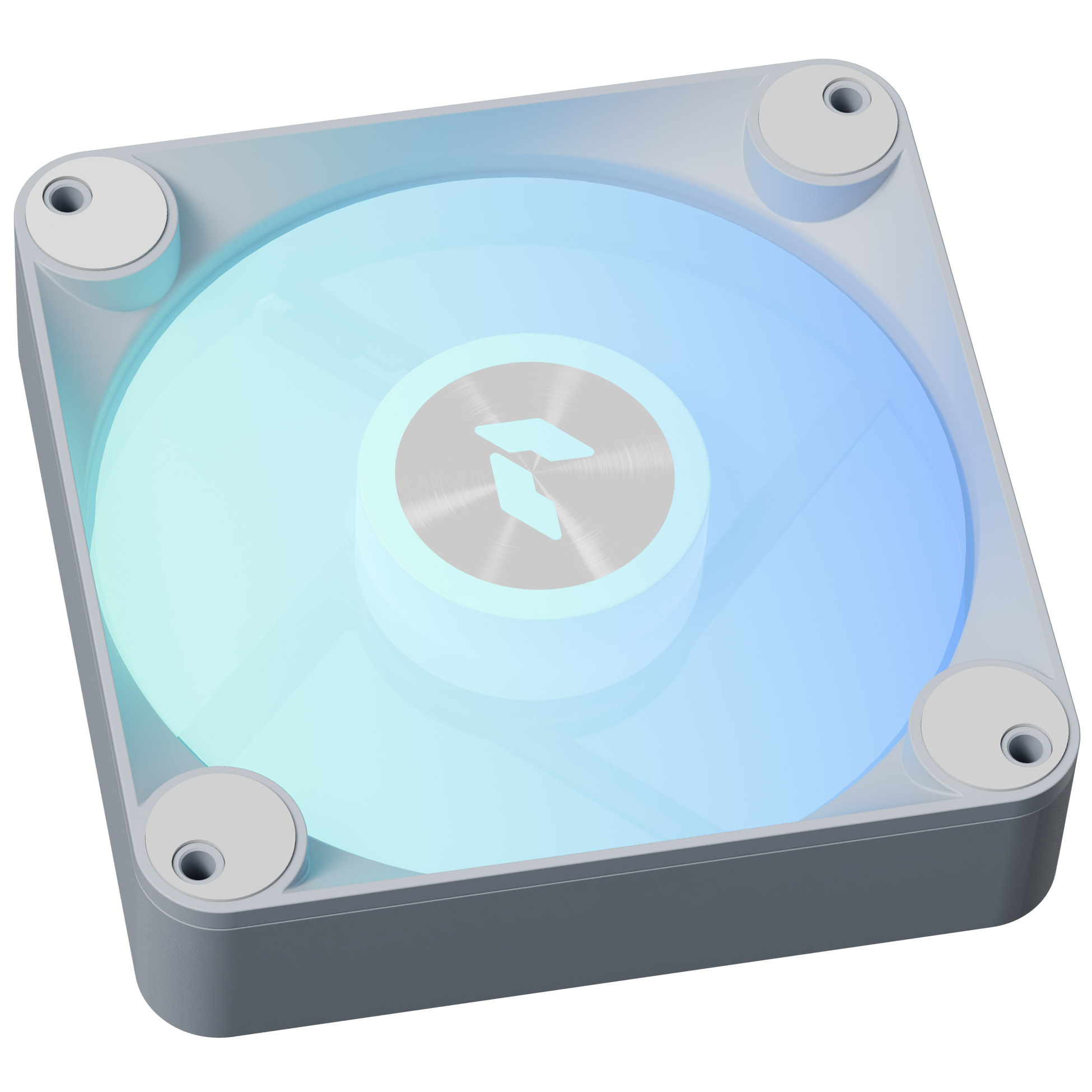
APNX FP1-RQ Performance Reverse Blade ARGB 120mm PWM Fan – White
COO-APN-04029
£12.95
(incl. VAT)
FREE SHIPPING
out of stock
ADD TO BASKETHow Does My Case Affect Airflow?
PC cases come in many different sizes and form factors. For the purposes of this guide, we’re going to think of them in two schools – tower cases and cube-like cases. These sizes will affect what cooling is possible, as well as how things look under the hood.

The Best Configuration for Each Case
You may be wondering: which configuration should you use with your case? Using the tower and cube-like cases, we’re going to go into a little more detail about which is best for what style. But do keep in mind that other variables can affect the overall performance and airflow, such as the temperature of the room and where you keep your gaming PC. As such, you should make sure to install plenty of fans and other cooling hardware to help keep the air flowing.
Tower Cases
Since most tower cases cannot draw in air from below, the balanced option is off the table. Out of the remaining two configurations, we recommend the chimney effect. Compared to using positive or negative pressure, it generally does a better job of keeping your core components cool.
Cube Cases
With a cube case, the results vary much more between configurations. This is because this design is optimised for airflow. For example, using the chimney effect here (assuming an AiO cooler is installed at the top) can result in a low GPU temperature but a high CPU temperature. Conversely, a negative pressure system with a side AiO cooler can keep your processor cooler but your graphics card hotter. The balanced approach offers the best overall airflow. Cold air is blown onto both from above, meaning neither piece of hardware has to suffer.
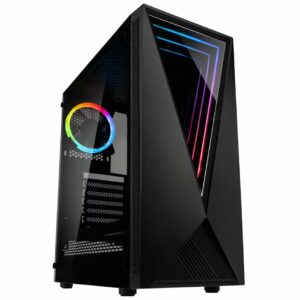
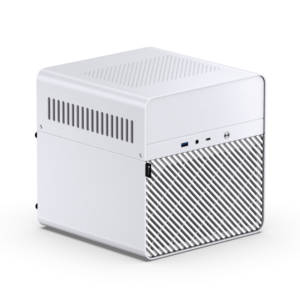
Cases for Optimal Airflow
Want to achieve the best possible airflow you can? Here at Overclockers UK, we have a wide range of cases and cooling accessories to help you do this. If you want to try some of the configurations we’ve talked about for yourself, check out our recommended products below.
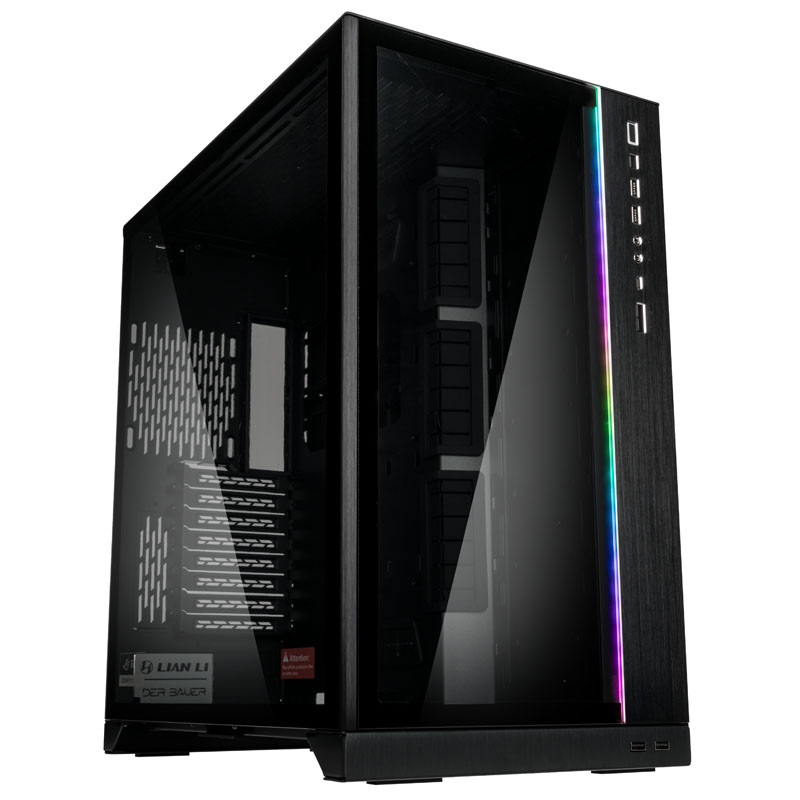
Lian Li O11 Dynamic XL (ROG Certified) Aluminium Full-Tower – Black
CA-77K-LL
£194.99
(incl. VAT)
FREE SHIPPING
in stock
ADD TO BASKET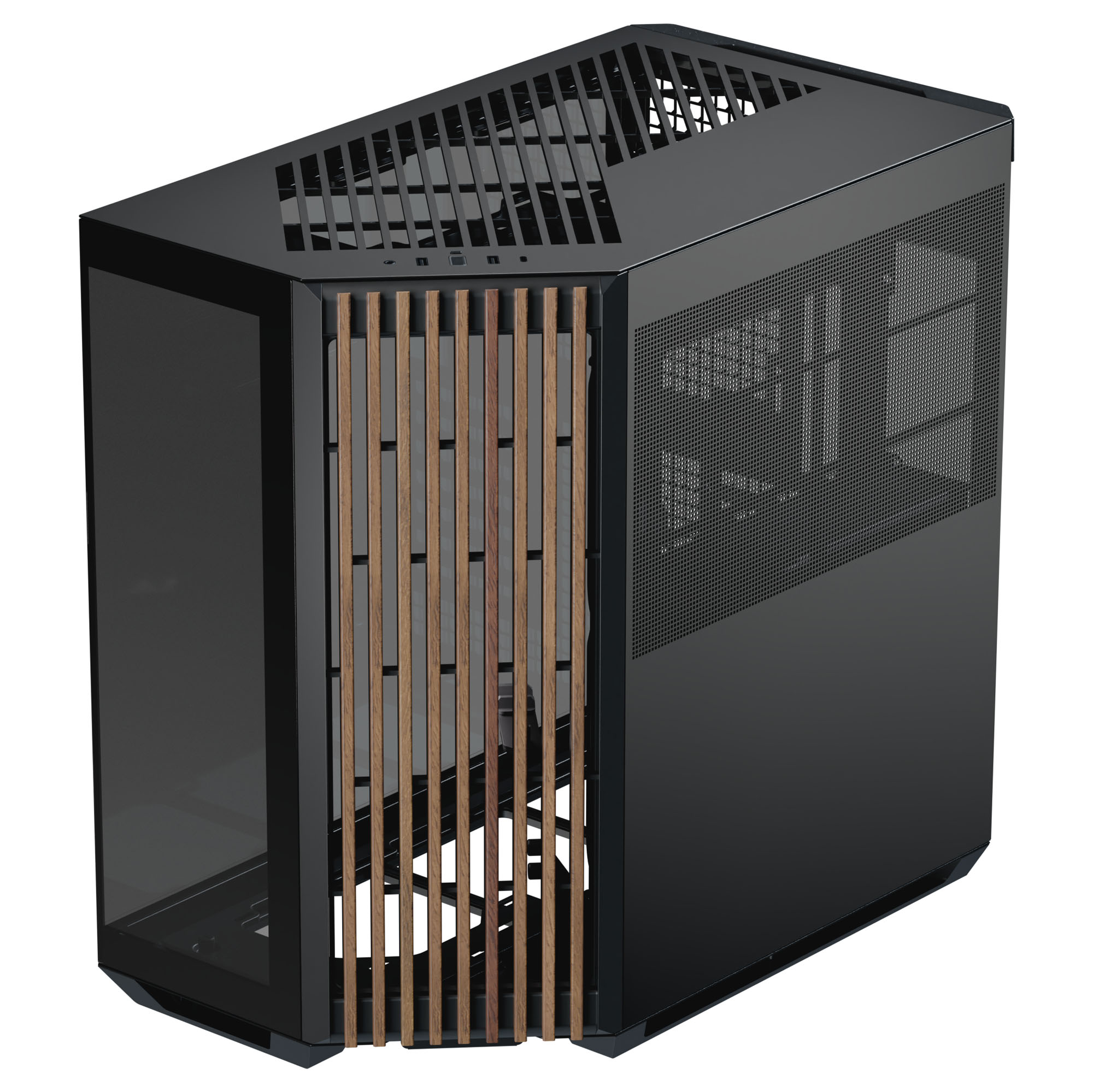
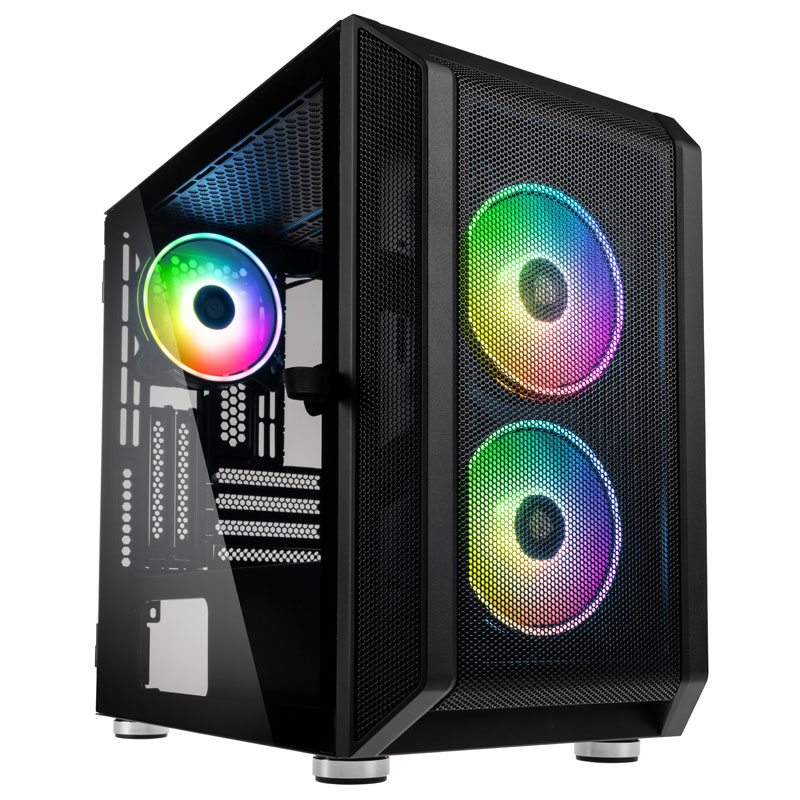
Kolink Citadel Mesh RGB Micro-ATX Case – Black
CA-052-KK
£64.99
(incl. VAT)
FREE SHIPPING
in stock
ADD TO BASKETKeep Cool and Carry On
Need a little more oomph in your cooling solution? We’ve got plenty of blogs detailing the finer points of water- and air-cooling.
Which Airflow Configuration Do You Use?
Let us know in the comments below how you keep your gaming PC temperature!


